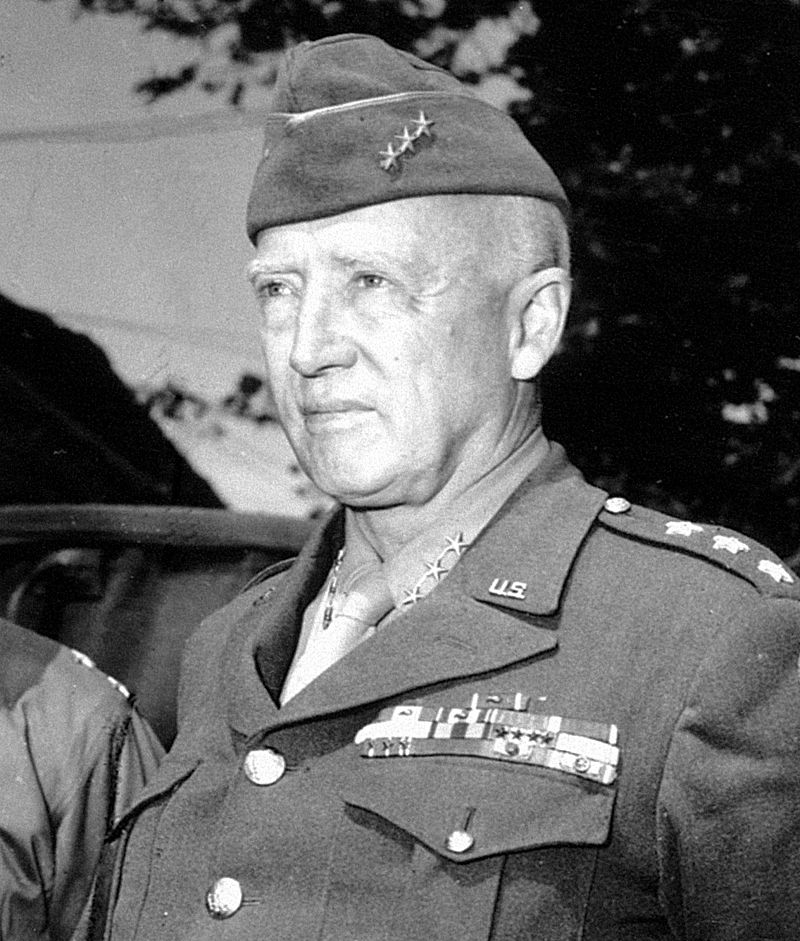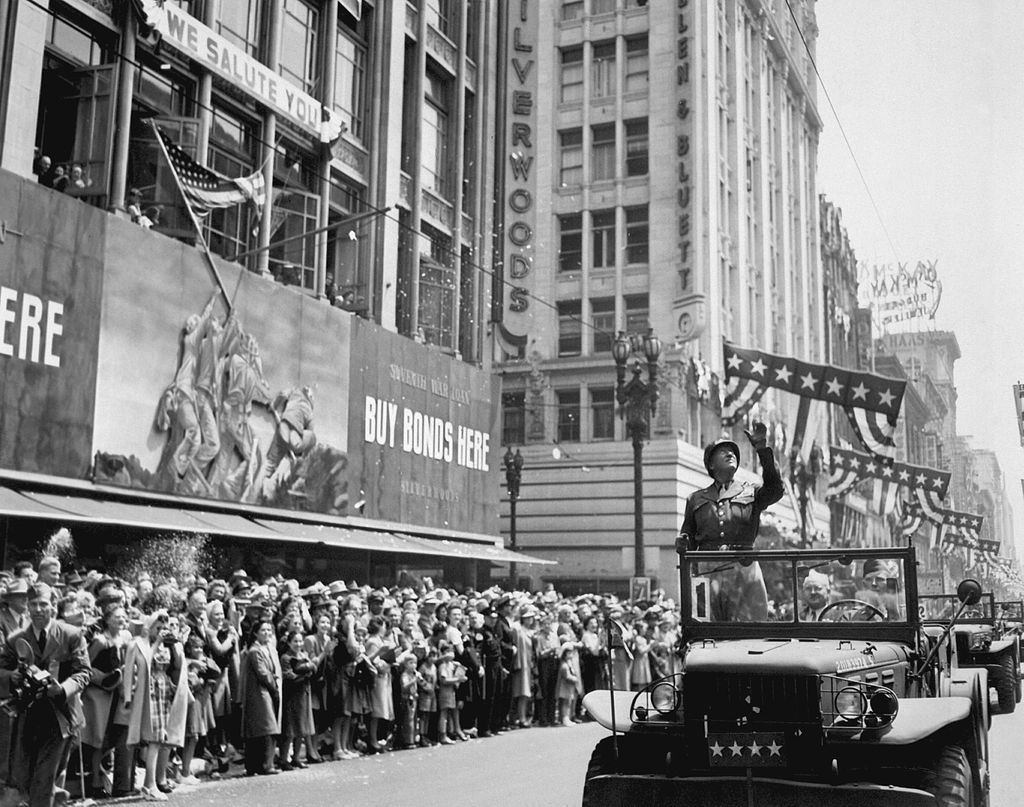On 21 December 1945, exactly 70 years ago, General George S. Patton passed away following an automobile accident. Widely regarded as the US Army's finest practitioner of mechanized warfare, Patton's impressive military career culminated in his succeses in the European Theater of World War II.
The extract below comes from Command 3: George S. Patton by Steven J. Zaloga. Patton has just arrived in France following the D-Day landings and his men are ready to advance against the Germans.
The Third Army’s mission was part of the original Overlord plans to expand the lodgement area westward towards Brittany. The ultimate objective was to secure additional ports in Brittany, notably in the Quiberon Bay area and the port of Brest to assist in the Allied logistics build-up. Patton’s drive started on August 1 and was spearheaded by the 4th and 6th Armored Divisions, which made some of the most rapid advances of the war, pushing past weak German defenses at Avranches and breaking into Brittany at a lightning pace. The 4th Armored Division reached Rennes and the 6th Armored Division was soon on the gates of Brest. An essential element in the Third Army’s advance was the sterling air support provided by Otto Wayland’s XIX Tactical Air Force, one of the classic examples of air-ground cooperation during the war.

George S. Patton as a Lieutenant General
Source: Wikipedia
In spite of the spectacular advance, Patton was unsettled by the conduct of the campaign and began to question its strategic objectives. His old friend John S. Wood, commander of the 4th Armored Division, egged him on arguing that the Brittany campaign was an insignificant sideshow. While ports were certainly needed, the Germans had shown at Cherbourg in June that they would demolish the ports before their capture, rendering them useless for months. Furthermore, the Brittany ports were away from the main direction of the Allied advance, adding precious miles to every ounce of supplies that would be delivered through these harbors. If Brittany was an irrelevant objective, Patton at the same time sensed the real opportunity. The German 7. Armee (AOK 7) was trapped and on the run after Cobra, and there was a void in German defenses on the approaches to the Seine River and Paris. A rapid rush to the Seine could help bag German forces in a deep envelopment, while at the same time securing the Normandy lodgment area months earlier than anticipated. Patton argued his case with Bradley and Eisenhower, and won Montgomery’s support as well.
The reorientation east was authorized on August 3: Middleton’s VIII Corps remained in Brittany to finish the mission against the Breton ports while Wade Haislip’s recently arrived XV Corps, spearheaded by the 5th Armored Division, was directed towards Le Mans under Patton’s command; Walton Walker’s XX Corps and Manton Eddy’s XII Corps were to form the southern shoulder of the great mechanized race.

Patton during a parade in Los Angeles
Source: Wikipedia
The Wehrmacht was deeply alarmed by the threat posed by this new drive, and attempted to split Hodges’ First Army and Patton’s Third Army by a Panzer counteroffensive towards Avranches and the sea, codenamed Operation Lüttich. The German attack was stopped cold by US infantry at Mortain and proved to be a catastrophic blunder. By shifting their modest Panzer reserves into the American sector, the Germans had fatally weakened the defenses facing Montgomery’s 21st Army Group. The Canadian First Army was soon crashing down toward Falaise, and AOK 7 was on the verge of encirclement. While this drama played itself out in the fields of Normandy, Patton’s forces were racing eastward against weak German resistance. The tactical situation was a case study for cavalry exploitation, and Patton’s bold and risky tactical style was ideally suited to exploit it. Patton urged on his motorized and mechanized spearheads and told them to ignore their flanks. The advance of Hodges’ First Army covered the northern flanks, while the Loire River offered a defensive shoulder that could be patrolled by Weyland’s XIX Tactical Air Force serving as an airborne cavalry flank guard. The Wehrmacht attempted to shift elements of AOK 1 from the Atlantic coast to block Patton, but Patton’s forces were simply much faster. The cities west of Paris fell in rapid succession, including the cathedral cities of Chartres and Orléans, and Paris itself beckoned.
If you are interested in reading more then take a look at Command 3: George S. Patton by Steven J. Zaloga.

Comments
You must be logged in to comment on this post. Click here to log in.
Submit your comment